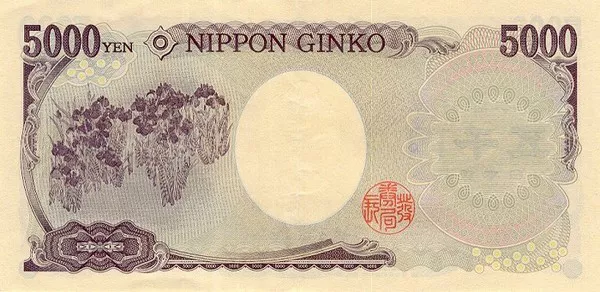Currency exchange is an integral part of the global economy, allowing individuals and businesses to engage in international trade, travel, and investments. One fundamental aspect of currency exchange is the buying and selling of currencies at different rates. In this article, we will explore the concept of the currency selling price, its significance, and the factors that influence it.
What is Currency Selling Price?
Currency selling price, often referred to as the “ask” or “offer” price, is the rate at which a financial institution, such as a bank or currency exchange service, is willing to sell a specific currency to a customer. This price represents the cost of purchasing a foreign currency and is typically higher than the currency’s buying price or “bid” price. The difference between the selling price and the buying price is known as the “spread” and serves as a source of profit for financial institutions.
Understanding the Components of Currency Selling Price
To comprehend currency selling price fully, it’s essential to break down its components:
Base Currency: The base currency is the currency you wish to purchase. It is expressed as one unit of the base currency, for example, one US dollar (USD).
Quote Currency: The quote currency is the currency you are exchanging for the base currency. It is expressed as the amount of quote currency required to buy one unit of the base currency. For example, if you want to buy one US dollar (USD) and the exchange rate is 1 USD = 1.20 euros (EUR), then the quote currency is the euro (EUR).
Exchange Rate: The exchange rate is the price at which one currency can be exchanged for another. In the example above, the exchange rate is 1 USD = 1.20 EUR.
Spread: The spread represents the difference between the buying and selling prices of a currency pair. It is the financial institution’s profit margin for facilitating the exchange. The spread can vary depending on the financial institution and market conditions.
Significance of Currency Selling Price
The currency selling price is a crucial aspect of the foreign exchange market, and it serves several significant purposes:
Facilitating Currency Exchange: When individuals or businesses need to acquire foreign currency for various purposes, such as travel, trade, or investment, they rely on currency selling prices offered by financial institutions. These institutions provide the required currency in exchange for the customer’s base currency.
Determining Transaction Costs: Currency selling prices impact the overall cost of foreign exchange transactions. A higher selling price means customers pay more for foreign currency, increasing the cost of their international activities.
Reflecting Market Conditions: Currency selling prices are influenced by supply and demand dynamics, economic factors, and geopolitical events. As a result, they reflect the current market sentiment and conditions.
Profit Generation: Financial institutions make a profit through the spread, as the selling price is typically higher than the buying price. This profit helps cover their operating costs and provides a source of revenue.
Factors Influencing Currency Selling Price
Several factors influence the currency selling price, causing it to fluctuate continuously. Understanding these factors can help traders and businesses make informed decisions when dealing with foreign exchange:
Market Demand and Supply: Like any other commodity, the value of a currency is influenced by the laws of supply and demand. If more people are buying a particular currency, its selling price tends to rise. Conversely, increased selling pressure can lead to lower selling prices.
Interest Rates: Differences in interest rates between two countries can have a significant impact on currency selling prices. Higher interest rates in one country may attract foreign investors, increasing the demand for that country’s currency and raising its selling price.
Economic Indicators: Economic indicators, such as GDP growth, unemployment rates, and inflation, provide insights into a country’s economic health. Positive economic data can lead to a stronger currency and higher selling prices.
Political Stability: Political stability and confidence in a country’s government can influence currency prices. A stable political environment is often associated with a stronger currency, resulting in higher selling prices.
Geopolitical Events: Geopolitical events, such as conflicts, trade disputes, or elections, can cause sudden fluctuations in currency selling prices. Traders often respond to these events by buying or selling currencies.
Central Bank Policies: The policies and interventions of a country’s central bank can impact currency prices. Central banks may adjust interest rates or engage in currency market interventions to influence their currency’s value.
Speculation: Speculative trading plays a substantial role in currency price movements. Traders and investors buy and sell currencies based on their expectations of future price movements, which can lead to significant fluctuations.
Market Liquidity: The liquidity of a currency pair, which is influenced by trading volumes, can affect the selling price. More liquid currency pairs tend to have narrower spreads, making it cheaper to trade.
Conclusion
The currency selling price is a fundamental concept in the foreign exchange market, representing the cost of purchasing a foreign currency. It is influenced by various factors, including market demand and supply, interest rates, economic indicators, and geopolitical events. Understanding these factors is crucial for individuals, businesses, and traders looking to engage in international transactions or investments. Being aware of the currency selling price and the factors that influence it can lead to more informed and successful foreign exchange dealings.


